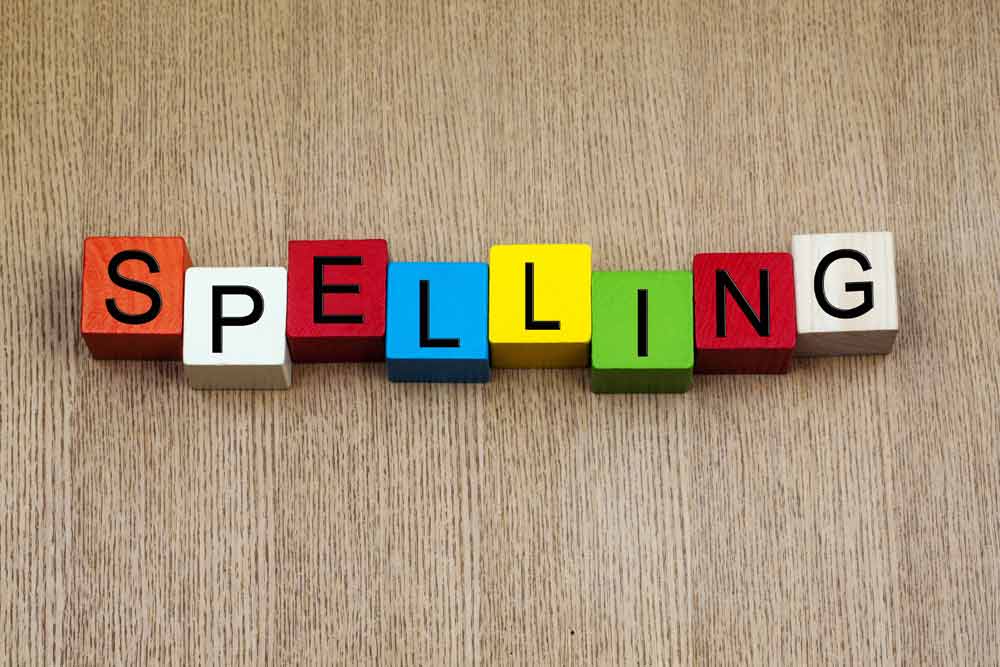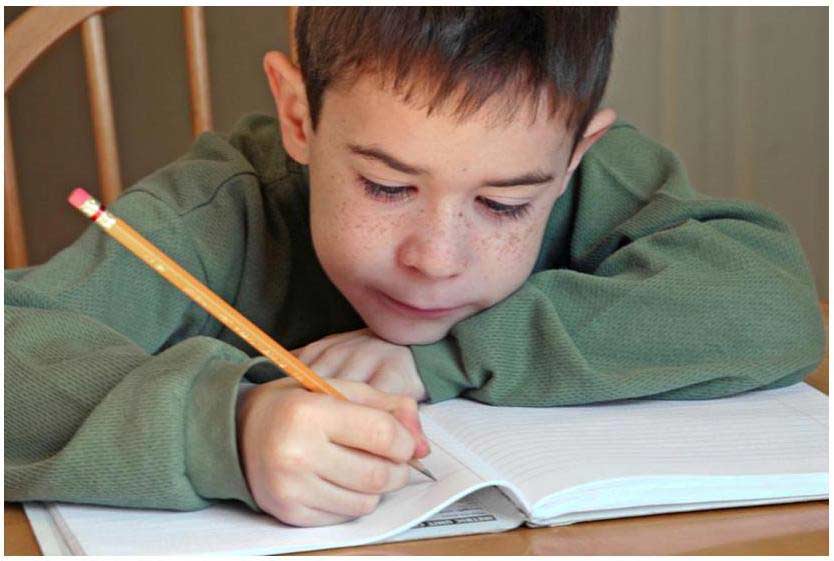 To iPad, or not to iPad, that is the question: While some educators believe that these recent developments in technology act as distractions or take students further from social interaction, I disagree. Using technology is an effective way to engage students and presents another medium for learning. Isn’t the purpose of education to make sure future generations are equipped with the knowledge to be successful and thus contribute to our progression as a country? Not integrating new technologies would prove to be a disservice to them. Rather than thinking of technology as a replacement for traditional materials, I think of technology as a variety of tools that improve instruction through a blended learning approach. In the past, I’ve also had success using technology as a reward or incentive for succeeding with some of the more traditional work. Below are 3 apps that my students and I have particularly enjoyed using as part of our reading tutoring sessions.
To iPad, or not to iPad, that is the question: While some educators believe that these recent developments in technology act as distractions or take students further from social interaction, I disagree. Using technology is an effective way to engage students and presents another medium for learning. Isn’t the purpose of education to make sure future generations are equipped with the knowledge to be successful and thus contribute to our progression as a country? Not integrating new technologies would prove to be a disservice to them. Rather than thinking of technology as a replacement for traditional materials, I think of technology as a variety of tools that improve instruction through a blended learning approach. In the past, I’ve also had success using technology as a reward or incentive for succeeding with some of the more traditional work. Below are 3 apps that my students and I have particularly enjoyed using as part of our reading tutoring sessions.
1) Toontastic – This application allows the reader to create and narrate his/her own story while defining and modeling story arc elements, such as character, plot, and setting. It not only provides character and setting templates, but also gives the option to create your own. It also provides a unique opportunity to observe dramatic play within the confines of a text. With this app, teachers can observe students making all kinds of connections and assess the student’s knowledge of developing literary techniques, such as predictions and summarizing. Most importantly, students have a final product that can be shared online. By publishing, students get to showcase their work and build confidence. Toontastic seems best for children ages 4 and older.
2) ABCheese Lite – There are literally dozens of letter tracing applications in the iTunes store, but this is because it is such an important skill. In this app, the student follows a trail of cheese with his/her finger to create the given letter. I like this particular letter trace app for several reasons. First, the task becomes increasingly difficult to improve reading and writing fluency by presenting various obstacles. Second, it puts an important skill in the form of a game and provides an element of extrinsic motivation that many children at this age still need. Depending on the developmental rate of the child, this app would be appropriate for ages 3 and up. The paid version includes all letters and additional games.
3) Bluster! – This app was created by McGraw-Hill and includes a variety of skills that develop word knowledge and vocabulary. On the opening page, the player chooses the number of players, grade level, and skill – rhyming words, prefixes, or synonyms. The next screen consists of 3 bubbles and a list of approximately 30 words to scroll through. In total, the program has over 800 words. The player is timed and must decide which word to use as well as pick two more words that rhyme, have the same prefix, or are synonyms. I like this app because it is versatile and forces the player to think critically and strategically. Difficulty levels range from grades 2-4.
By David Dickerman, Reading Specialist
 Wordly Wise is a wonderful vocabulary development program, but it lacks a heart. Think of it as the Tin Man of vocabulary building. The program has a list of about 15-17 words per lesson and then five different activities that test and strengthen the students’ ability to use the words. These workbook activities include: multiple choice questions, replacing the meaning exercises, completing sentences, creating antonyms and synonyms, and the dreaded answering questions of a reading passage using a vocabulary word. It’s provides a very predictable structure each week.
Wordly Wise is a wonderful vocabulary development program, but it lacks a heart. Think of it as the Tin Man of vocabulary building. The program has a list of about 15-17 words per lesson and then five different activities that test and strengthen the students’ ability to use the words. These workbook activities include: multiple choice questions, replacing the meaning exercises, completing sentences, creating antonyms and synonyms, and the dreaded answering questions of a reading passage using a vocabulary word. It’s provides a very predictable structure each week. The cover story of TIME magazine on February 6, 2012, by Bryan Walsh, was titled “The Upside of Being an Introvert (and Why Extroverts Are Overrated)”. In the article, Walsh discusses the work of
The cover story of TIME magazine on February 6, 2012, by Bryan Walsh, was titled “The Upside of Being an Introvert (and Why Extroverts Are Overrated)”. In the article, Walsh discusses the work of  When students have trouble comprehending a text they are reading, it could be due to confusion about anaphoric expressions. Anaphora is when one word or phrase stands for, or refers to, another word or phrase in a text. A reader may have trouble following what a simple term like “it” or “them” refers to, which could happen with texts at just about any level. However, with more sophisticated, longer texts (especially informational texts that are loaded with academic language), readers may have trouble following along and understanding which terms refer to each other. Many times they do not realize that they have the ability to figure out what an unfamiliar terms means just from using context clues in the text. Sometimes it is necessary to pause other instruction and
When students have trouble comprehending a text they are reading, it could be due to confusion about anaphoric expressions. Anaphora is when one word or phrase stands for, or refers to, another word or phrase in a text. A reader may have trouble following what a simple term like “it” or “them” refers to, which could happen with texts at just about any level. However, with more sophisticated, longer texts (especially informational texts that are loaded with academic language), readers may have trouble following along and understanding which terms refer to each other. Many times they do not realize that they have the ability to figure out what an unfamiliar terms means just from using context clues in the text. Sometimes it is necessary to pause other instruction and 